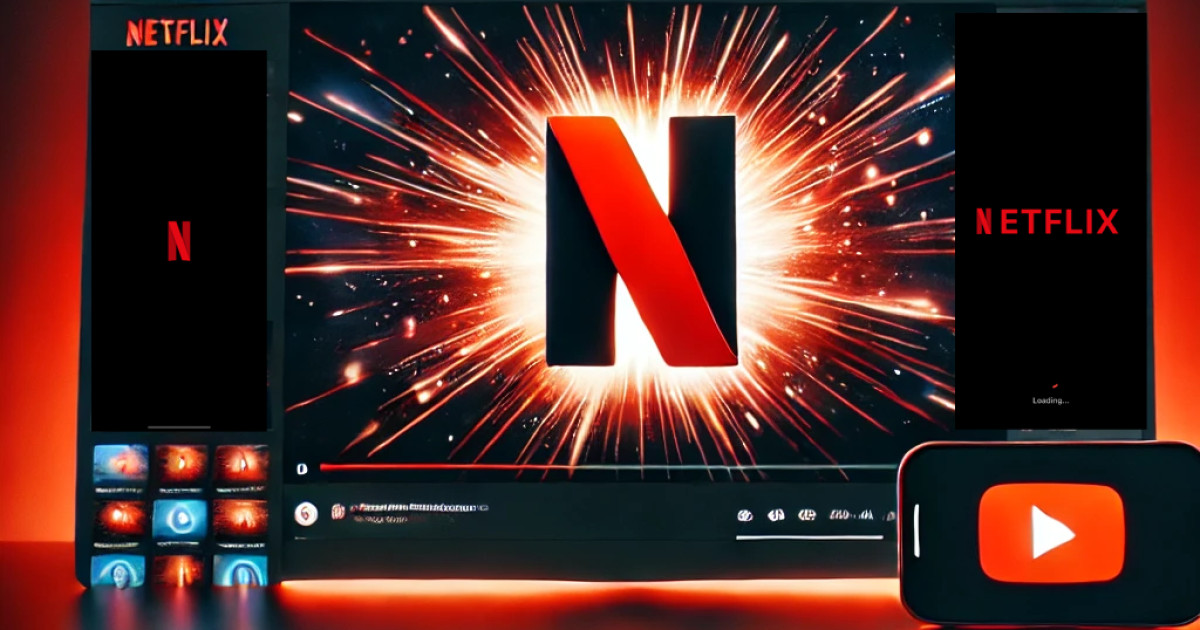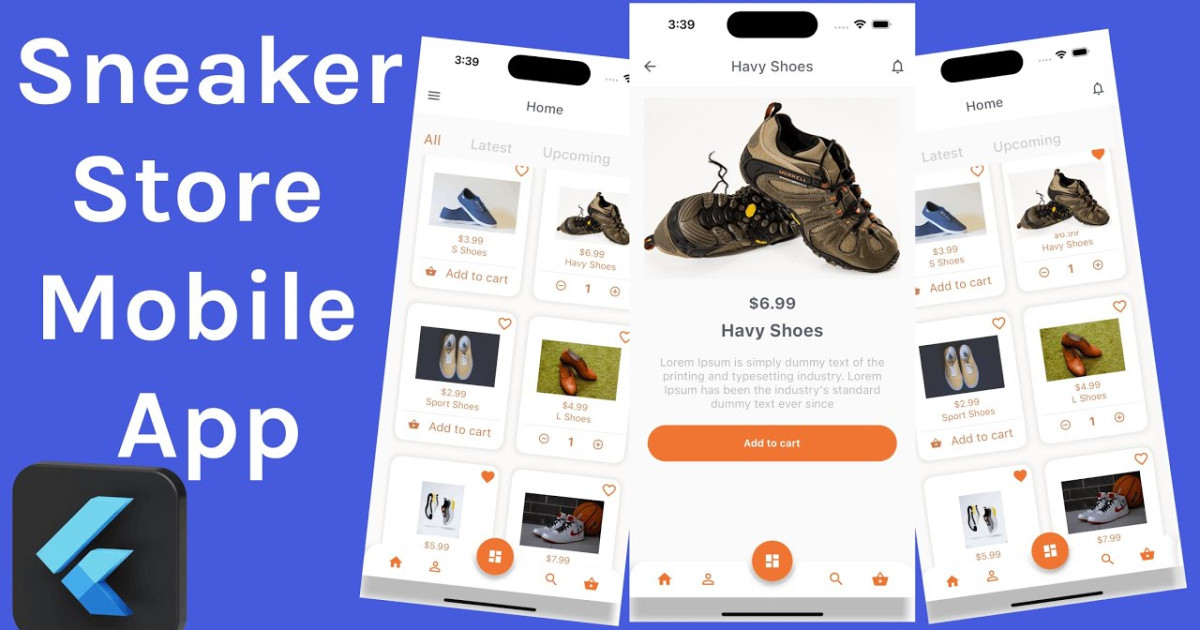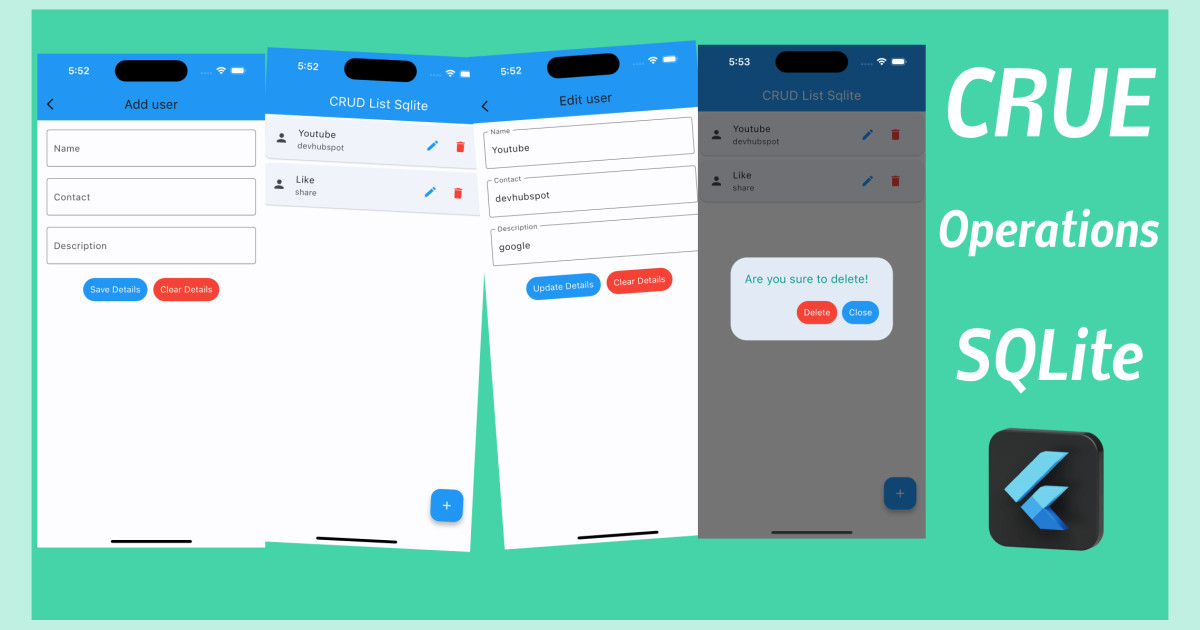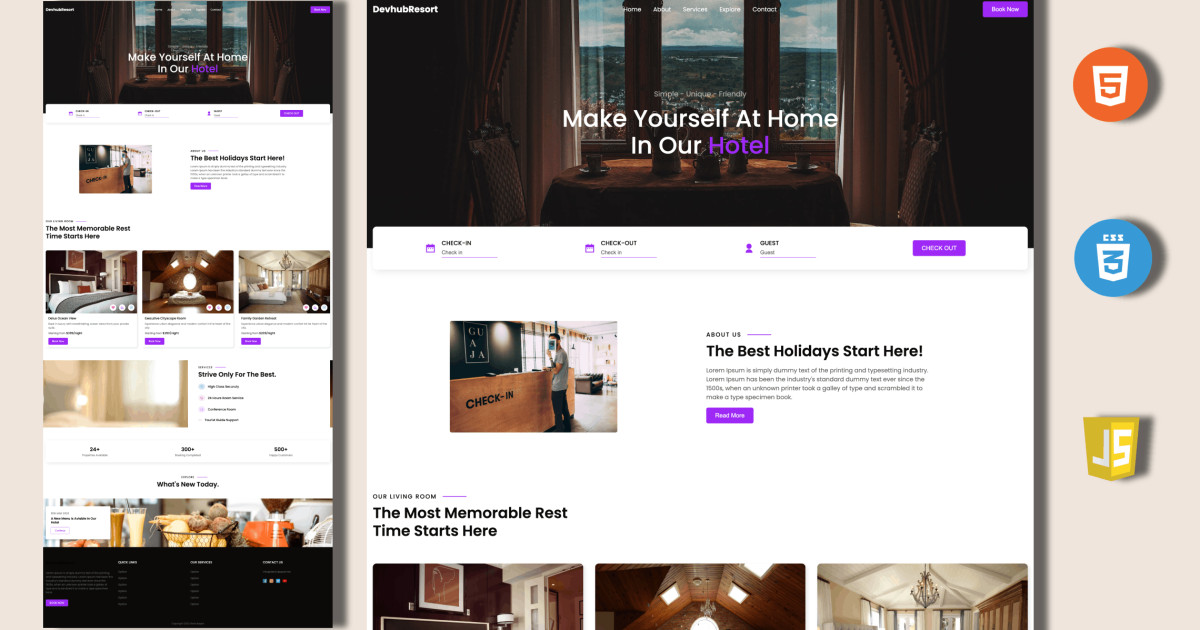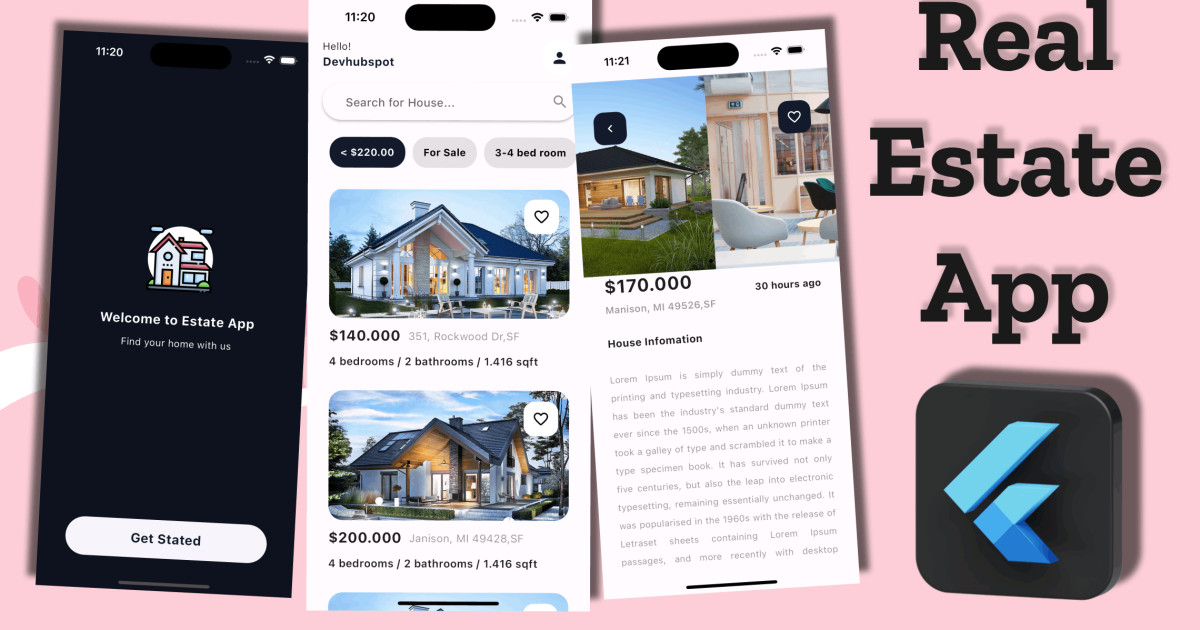How to Create a Netflix-Style Animated Splash Screen in Flutter
A good splash screen can set the tone for your app, and what better inspiration than Netflix? In this guide, we’ll walk you through creating a sleek, animated Netflix-style splash screen in Flutter.
🚀 What We’re Building
Our splash screen will:
✅ Show the Netflix ‘N’ logo in the center.
✅ Animate the ‘N’ logo sliding left and shrinking in size.
✅ Reveal the rest of the text ("ETFLIX") with a typewriter effect.
✅ Display a loading indicator before navigating to the home screen.
Let's get started! 🎉
🛠️ Step 1: Set Up Your Flutter Project
If you haven’t already, create a new Flutter project:
flutter create netflix_splash
pubspec.yaml:dependencies:
flutter:
sdk: flutter
animated_text_kit: ^4.2.2
flutter pub get
Step 2: Add Netflix Logo Assets
Place your images inside the assets/images/ folder:
📌 netflix_n.png – The red ‘N’ logo.
Now, declare them in pubspec.yaml:
flutter:
assets:
- assets/images/netflix_n.png
Step 3: Implement the Netflix-Style Splash Screen
Now, let’s animate the splash screen:
📌 Create netflixSplashScreen.dart
import 'package:flutter/material.dart';
import 'package:netflixsplashscreen/screens/home.dart';
class NetflixSplashScreen extends StatefulWidget {
const NetflixSplashScreen({super.key});
@override
State<NetflixSplashScreen> createState() => _NetflixSplashScreenState();
}
class _NetflixSplashScreenState extends State<NetflixSplashScreen> with TickerProviderStateMixin {
late AnimationController _nController;
late Animation<Alignment> _nAlignmentAnimation;
late Animation<double> _nWidthAnimation;
String displayedText = '';
final String fullText = 'ETFLIX';
bool showLoader = false;
@override
void initState() {
super.initState();
_nController = AnimationController(
duration: const Duration(seconds: 4),
vsync: this,
);
_nAlignmentAnimation = AlignmentTween(
begin: Alignment.center,
end: const Alignment(-0.3, 0.0),
).animate(
CurvedAnimation(
parent: _nController,
curve: const Interval(0.5, 1.0, curve: Curves.easeInOut),
),
);
_nWidthAnimation = Tween<double>(begin: 100, end: 60).animate(
CurvedAnimation(
parent: _nController,
curve: const Interval(0.5, 1.0, curve: Curves.easeInOut),
),
);
_nController.forward().whenComplete(() {
_startTypewriterAnimation();
});
}
void _startTypewriterAnimation() {
const duration = Duration(milliseconds: 200);
for (int i = 0; i < fullText.length; i++) {
Future.delayed(duration * i, () {
setState(() {
displayedText += fullText[i];
});
if (i == fullText.length - 1) {
Future.delayed(const Duration(seconds: 1), () {
setState(() => showLoader = true);
Future.delayed(const Duration(seconds: 2), () {
Navigator.pushReplacement(
context,
MaterialPageRoute(builder: (_) => const HomeScreen()),
);
});
});
}
});
}
}
@override
void dispose() {
_nController.dispose();
super.dispose();
}
@override
Widget build(BuildContext context) {
return Scaffold(
backgroundColor: Colors.black,
body: Stack(
alignment: Alignment.center,
children: [
Center(
child: AnimatedBuilder(
animation: _nController,
builder: (context, child) {
return Align(
alignment: _nAlignmentAnimation.value,
child: Row(
mainAxisSize: MainAxisSize.min,
children: [
Image.asset(
'assets/images/netflix_n.png',
width: _nWidthAnimation.value,
),
const SizedBox(width: 0),
Text(
displayedText,
style: const TextStyle(
color: Color(0xFFE50914),
fontSize: 72,
fontWeight: FontWeight.bold,
),
),
],
),
);
},
),
),
if (showLoader)
Positioned(
bottom: 50,
child: Column(
children: [
const CircularProgressIndicator(color: Colors.red),
const SizedBox(height: 16),
const Text(
'Loading...',
style: TextStyle(color: Colors.white, fontSize: 16),
),
],
),
),
],
),
);
}
}
Step 4: Create the Home Screen
After the splash screen, we navigate to HomeScreen.
Create a new file home.dart:
import 'package:flutter/material.dart';
class HomeScreen extends StatelessWidget {
const HomeScreen({super.key});
@override
Widget build(BuildContext context) {
return Scaffold(
appBar: AppBar(title: Text("Home")),
body: Center(child: Text("Welcome to Netflix Clone!")),
);
}
}
Step 5: Update main.dart
Make sure your app starts with NetflixSplashScreen:
import 'package:flutter/material.dart';
import 'package:flutter/services.dart';
import 'package:netflixsplashscreen/screens/netflixSplashScreen.dart';
void main() {
WidgetsFlutterBinding.ensureInitialized();
SystemChrome.setEnabledSystemUIMode(SystemUiMode.manual, overlays: []);
runApp(const MyApp());
}
class MyApp extends StatelessWidget {
const MyApp({super.key});
@override
Widget build(BuildContext context) {
return MaterialApp(
debugShowCheckedModeBanner: false,
title: 'Netflix Splash Animation',
theme: ThemeData.dark(),
home: NetflixSplashScreen(),
);
}
}
Final Step: Run Your App
Now, run:
flutter run
✨ You should see the Netflix-style animated splash screen in action!
Wrapping Up
In this tutorial, we built a Netflix-style animated splash screen using Flutter. We covered:
✅ Using animations to move the ‘N’ logo.
✅ Adding a typewriter effect for the text.
✅ Displaying a loading indicator before transitioning to the home screen.
🔗 What’s next?
Want to enhance this? Add a fade-in effect for a smoother transition! 🚀
💡 Enjoyed this tutorial? Let us know in the comments!
Happy coding! 🎉🔥
